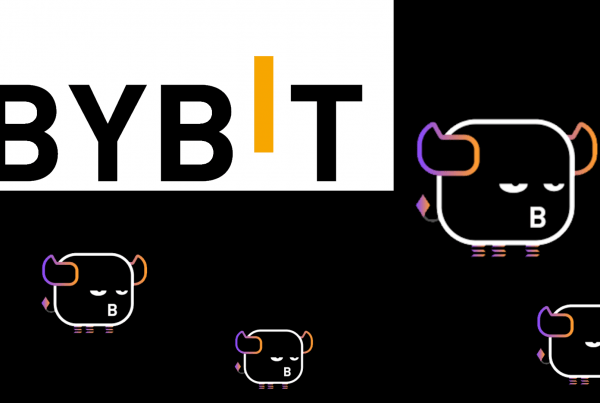Yuri Mazur, Head of Data Analysis Department at CEX.IO Broker
Bearish moods returned to the cryptocurrency market, and Bitcoin broke below the $50,000 level, thus increasing the risks of further correction of the flagship digital currency.
DeFi is much of its own thing in the cryptocurrency space and does not show high correlation with Bitcoin. However, one thing it inherits from the classic cryptocurrency market is enormous volatility. This means that it offers great investment opportunities associated with very high risks.
A diversified portfolio composed of projects deployed on different blockchains would be an option to minimise the risks for medium to long term investments (i.e. six months or more). To get a diversified investment portfolio in DeFi, the following elements need to be taken into account:
- Blockchains
- Decentralised exchanges (DEXes)
- Lending platforms
- Synthetic assets.
How to choose a good project?
When choosing the projects, we search for undervalued assets. At the blockchain level, the two most successful ones are Ethereum and Binance Smart Chain. So suggests the TLV (total value locked), which represents the total liquidity locked inside the projects built on these blockchains. The TLV for Ethereum and Binance Smart Chain is $68 billion and $25 billion respectively, while their own market caps equal $290 billion and $87 billion.
Zilliqa is another blockchain with a much lower market cap – $2 billion. It came as a response to the insufficient transaction throughput and high fees on Ethereum and has recently been showing good growth in the DeFi space, having launched non-custodial staking and a decentralised exchange ZSwap with a governance token.
Having decided on the blockchain, a decentralised exchange, decentralised loans and decentralised synthetic assets need to be added. We avoid having several assets from a single blockchain in our portfolio. To find undervalued assets, we use the ratio of market cap/TLV as the guiding principle.
This way, traders and investors can analyse DeFi assets, comparing projects’ market cap and TLV, and add the most promising ones from different sectors and ecosystems to their portfolios.
How to manage risks?
Such a portfolio is a concentrated exposure to the DeFi market, which bears considerable risks. This idea should be taken in the context of a full investment portfolio, the investors’ understanding of the crypto industry and their desired risk level. Therefore, depending on how conservative/aggressive they want their portfolio to be, the share of their investment exposure to DeFi should change accordingly.
Moreover, in my opinion, DeFi is not a good option for beginners. The level of risk is above the average, however the expected profit is above the average too. To lower the risks, the portfolio can be further diversified, and one of the ways of doing this would likely be adding an insurance project. The reason for this is the growing demand for DeFi, which is going to stimulate demand for insurance of the capital invested in DeFi. Also, adding an insurance project into the portfolio might be the way to protect the investor’s funds in case of a downside reversal in the market.



